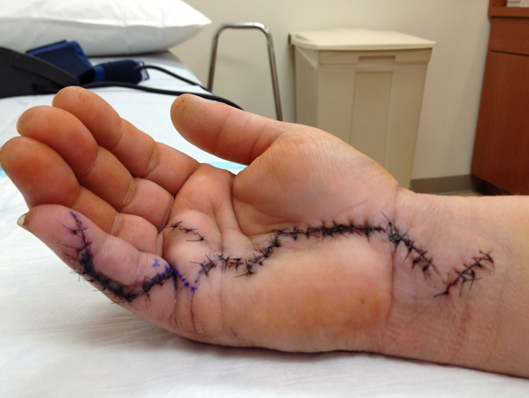
Tendon repair in plastic surgery involves the surgical reconstruction or restoration of damaged or severed tendons. Tendons are fibrous tissues that connect muscles to bones, and injuries to these structures can occur due to trauma, lacerations, sports injuries, or surgical procedures. Tendon repair is a specialized aspect of plastic and reconstructive surgery, aiming to restore the integrity and function of the affected tendons.
Key points about tendon repair in plastic surgery include:
Indications:
Zone of Injury:
Surgical Techniques:
Tendon Grafting:
Postoperative Immobilization:
Rehabilitation:
Functional Outcomes:
Complications:
Tendon repair in plastic surgery is often performed by hand surgeons or plastic surgeons with expertise in upper extremity and microsurgical procedures. Successful tendon repair is essential for restoring normal hand and joint function, enabling patients to regain their ability to perform daily activities and tasks. Early diagnosis and prompt surgical intervention are critical for optimizing outcomes in tendon injuries.
Plastic Surgen , Dr. Sandeep Kansal is a consultant Plastic-cosmetic Surgeon in Meerut. He is currently practicing at , Kailashi Superspeciality , Lokpriya And Nuteema Hospital in Meerut.
Copyright © 2023 Dr Sandeepkansal. All Rights Reserved.